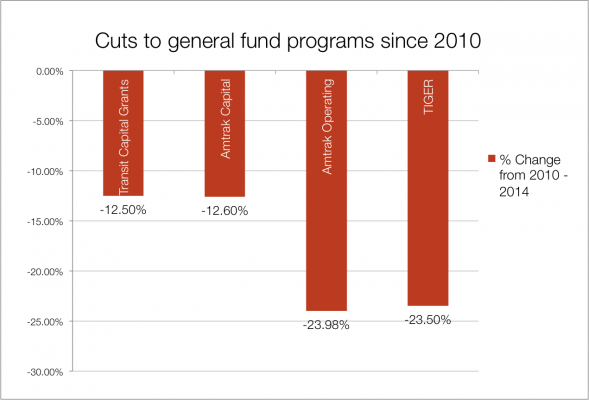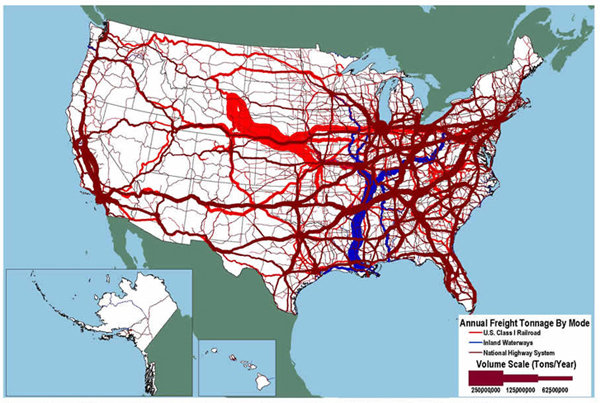
Today's article is a great breakdown of the types of funds available for Transportation Projects. As mentioned within the text:
Transportation programs fall into two categories:
1. Those funded from the Highway Trust Fund (where federal fuel taxes are deposited), and..
2. Those discretionary programs funded from the general fund (where most other federal taxes go).
The interesting thing to learn here is that the Highway Trust Fund is not affected by sequestration, but with fuel taxes proving to be insufficient this year, the HTF has required funds from the general fund, thus making it indirectly affected by sequestration.
This is a great article that can be used to understand how transportation projects are funded.
http://t4america.org/blog/2013/09/30/shutdown-or-no-fy2014-will-see-more-cuts-for-transportation/



